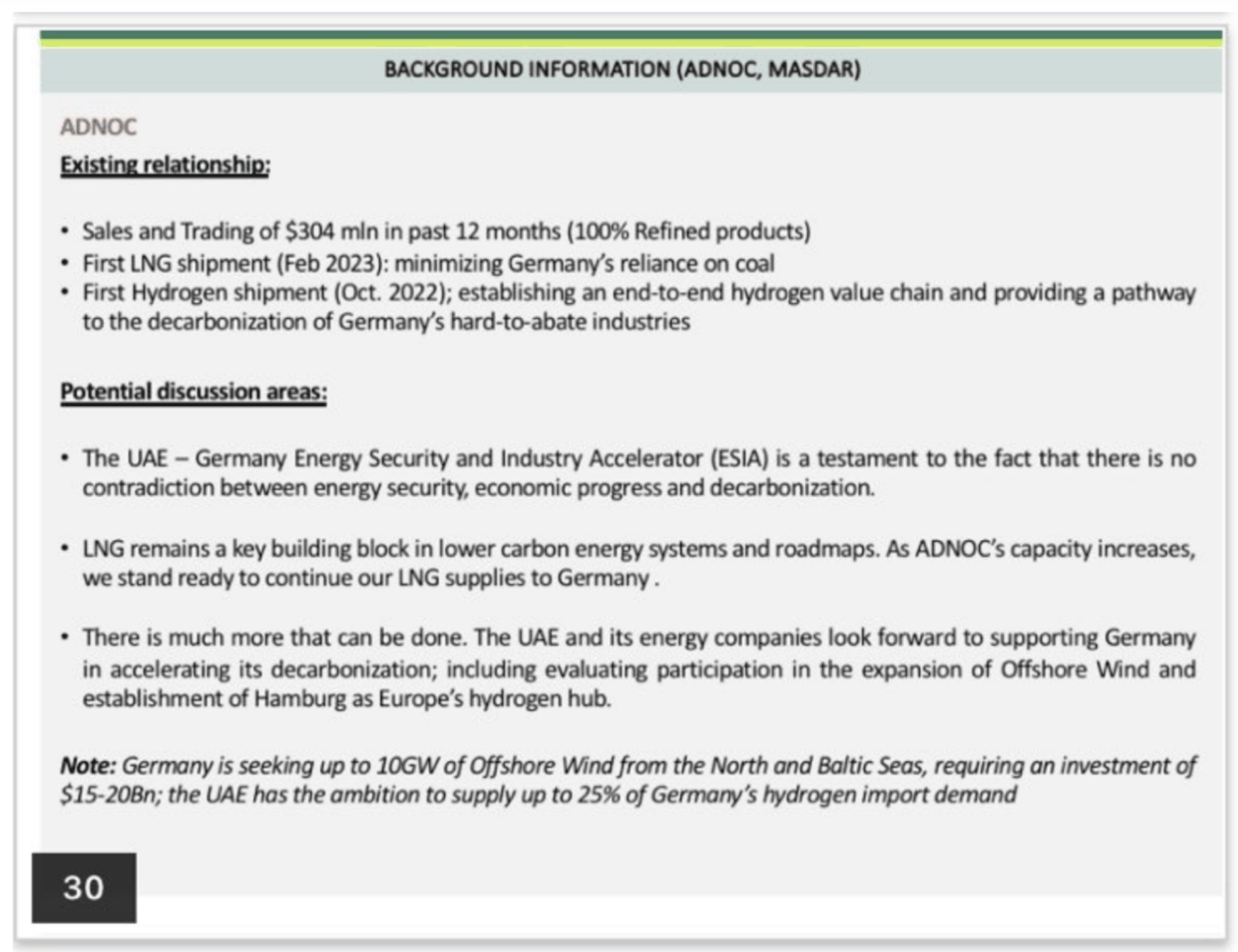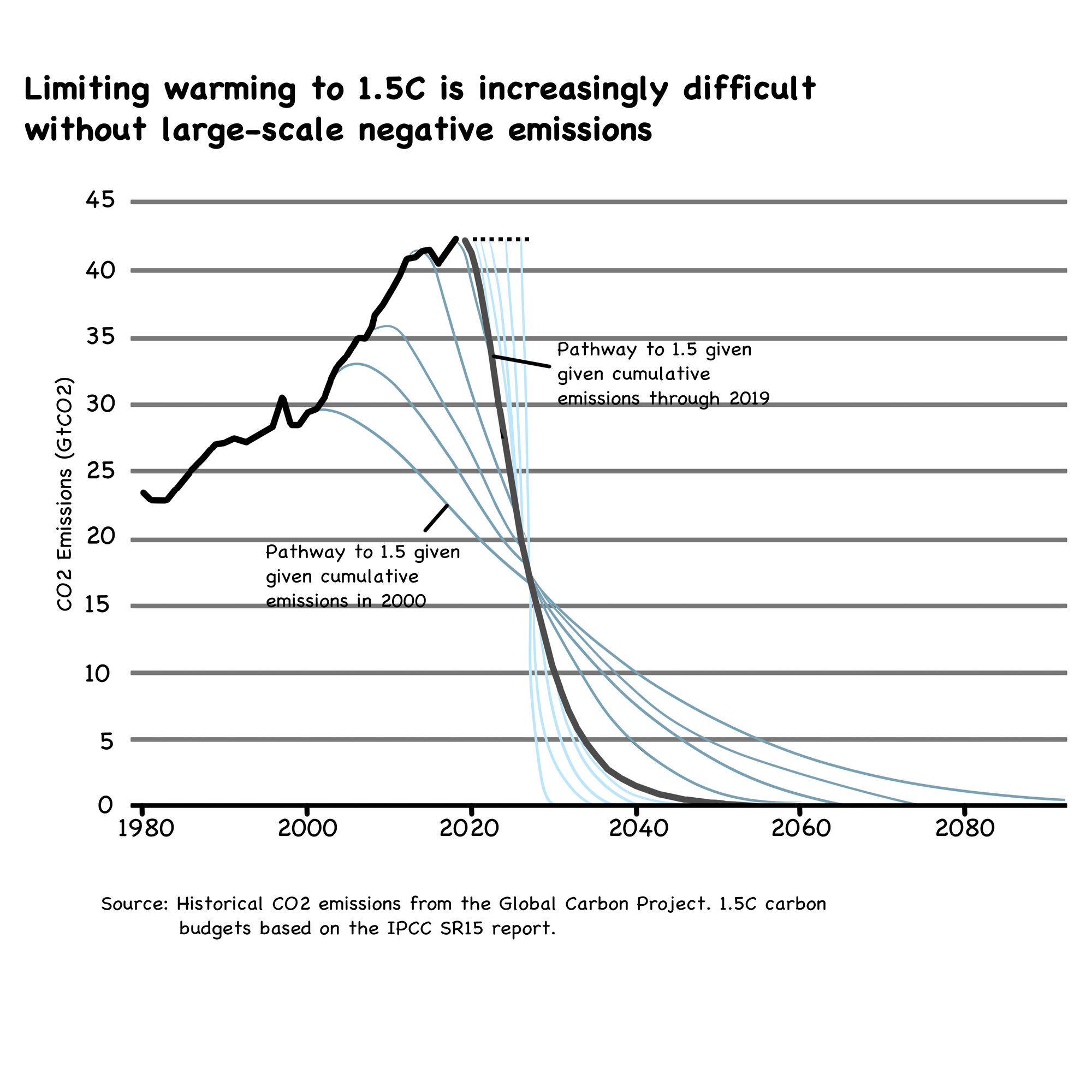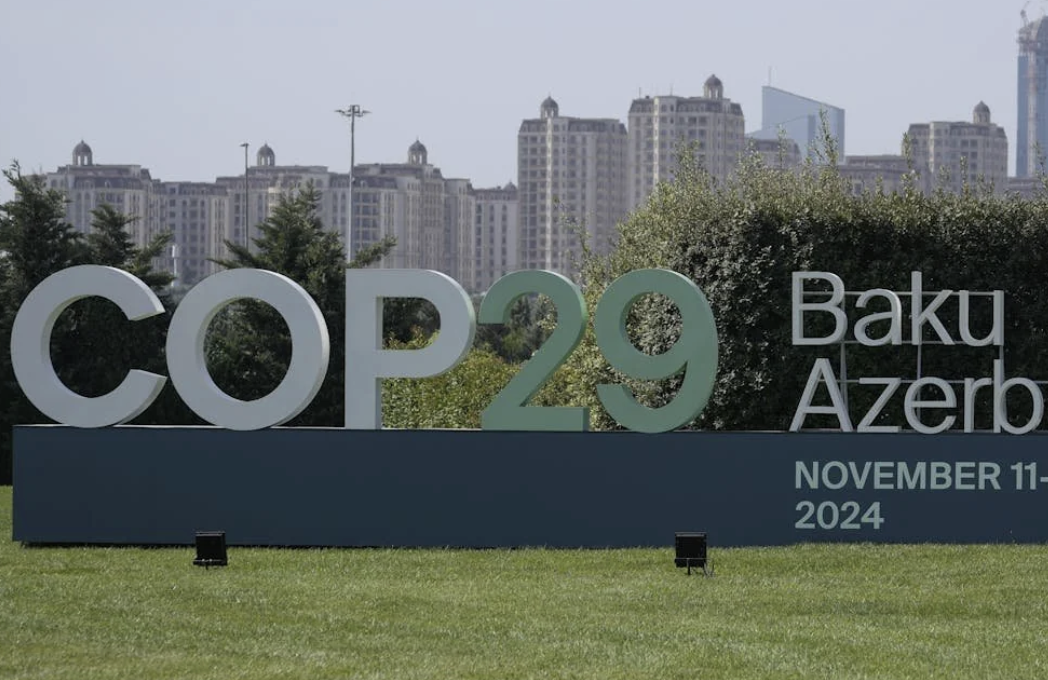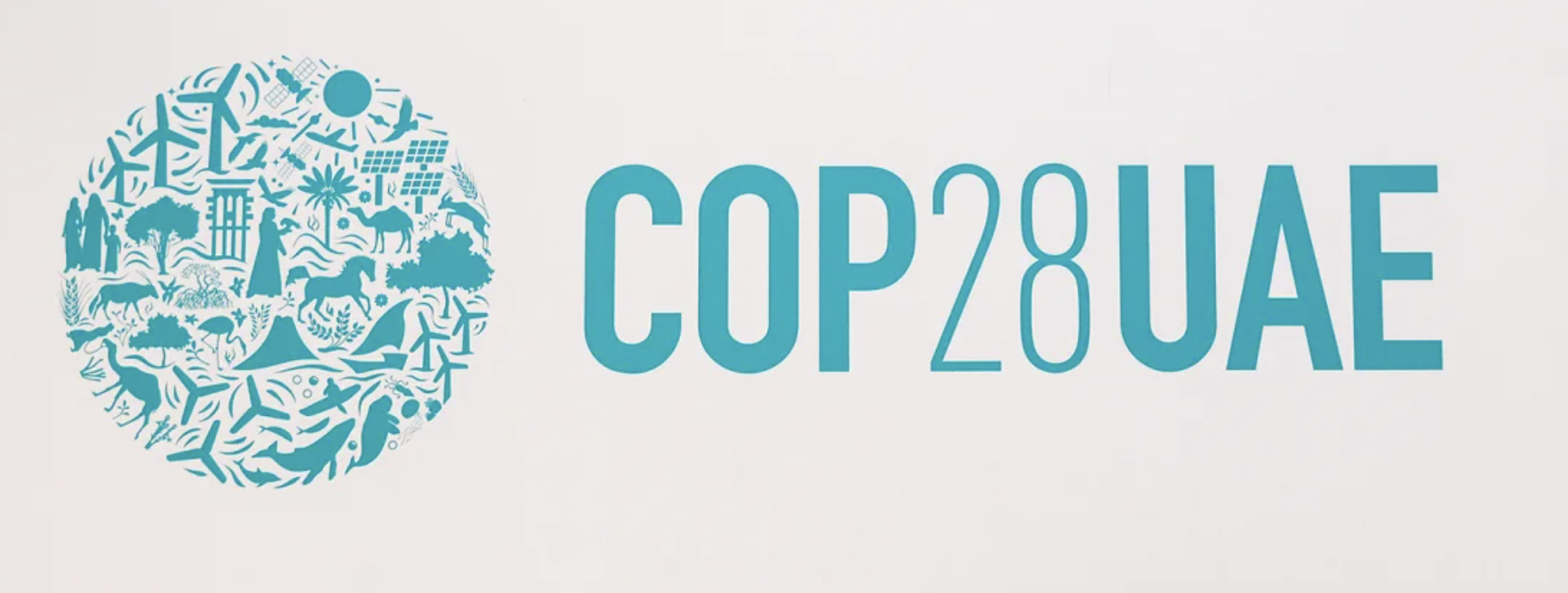
Reminder – What happened so far
In the 2015 Paris Agreement (CO21), the countries participating in the conference agreed to a common target. To hold the rise in global average temperature well below 2 degrees Celsius above pre-industrial levels. And to “pursue efforts to limit the temperature increase even further to 1.5 degrees Celsius.” The lower end of that range, 1.5˚C, has subsequently become a cause célèbre among activists. However, there are good reasons for the lower end of that range. Many scientists agree that limiting warming to 1.5 degrees Celsius would significantly reduce the odds of initiating climate change’s most dangerous and irreversible effects. For all the right reasons, there was significant pressure already on COP27 to achieve a robust outcome. COP28 was the same, with a few interesting twists:
Context COP 28
COP28 – or the “2023 United Nations Climate Change Conference or Conference of the Parties” – was held from 30 November to 13 December 2023 in Dubai. The conference was originally scheduled to end on 12 December, but had to be extended following Saudi Arabian objections. The “consensus” reached on COP28 was the first in the history of COP summits to explicitly mention the need to shift away from every type of fossil fuels. However, COP28 received widespread criticism due to the lack of a clear commitment to either fossil fuel phase-out or phase-down. Also, important countries like China and India did not sign the consensus. To make matters worse, the host, Sultan Al Jaber, as well as the host country, the UAE, have an obvious conflict of interest regarding fossil fuels.
Documents leaked to the BBC
That obvious conflict of interest would make most people be extra cautious about even giving the impression of any “funny” business. UN rules suggest these meetings should not be used to promote the economic interests of the host country. And that kinda holds true for emissions-intense economic interests…. Well, as it turns out, the United Arab Emirate’s team was planning to use its position as host of the summit to strike new oil and gas deals with foreign governments, a cache of leaked documents shows. Documents leaked to the BBC reveal COP28 president and UAE national oil company boss Sultan Al Jaber’s plans to discuss boosting fossil fuel business in bilateral meetings during the climate summit.

The documents detail each country’s climate progress in key areas — including finance, decarbonizing food systems, renewables — and identify how their ambitions could be raised. Among those points are also suggestions to offer new oil and gas projects with the state-owned Abu Dhabi National Oil Company, which Al Jaber leads.
So what does this mean?
Considering the “progress” made by the participants during COP27 and COP28, the 1.5-degree target is – in our humble opinion – very unlikely to be achieved. However, admitting that the 1.5-degree target is out of reach, does not end hope.
Reaching the 1.5-degree target has always been a highly ambitious target. And it became increasingly unrealistic. An emissions pathway with a 50-50 chance of meeting the 1.5-degree goal was maybe still credible at the time of Paris. Seven intervening years of rising emissions mean such pathways are now plain unrealistic. Most people with knowledge in this field know this to be true. Very few say it in public, or on the record. Because the 1.5-degree target continues to be the gold standard of climate protection, as well as the “net-zero by 2050” mantra.
Which were strengthened, inter alia, by a report published by the Intergovernmental Panel on Climate Change that compared what the world might expect at 1.5°C with what 2°C would look like. Even as temperatures crept up by just half a degree, impacts and risks became a lot worse in every possible domain. In a 2°C world, some 400 m more people would be exposed to record heat, and millions more people would have their livelihoods wiped away by higher seas. Make no mistake – the 1.5-degree continues to be an inspirational and aspirational target. It is just not realistic any more.
A very difficult target
Even if the 1.5-degree target was technically still achievable, the dramatic emissions reductions that would be necessary to realize the target would be extremely difficult to implement in the remaining time. Unrealistic, considering the process and outcomes of COP 27. For example, getting to 1.5 degrees would require significant economic incentives for companies to invest rapidly in decarbonization efforts. Although we can see this in some parts, including the US, most countries are less than willing to make changes in areas as fundamental as the food we eat and the way we move. Cutting GHG emissions by about half in the next eight years and to zero by 2050 is – in our humble opinion – extremely unlikely.
Does this change anything?
Does this change anything? Should we stop our efforts to fight climate change, because we’re about to loose the fight to cap global warming at 1.5 degrees? Obviously not. We need increase to our efforts to fight climate change! The 1.5-degree target has never been a pass/fail situation. The lower the increase in temperatures beyond the 1.5-degree target, the less catastrophic the consequences. According to a U.N. report released just before COP27, the current pledges to reduce greenhouse gas emissions put the planet on a path to heat between 2.1 and 2.9 degrees.
Absolutely not acceptable. This would lead to catastrophic climate impacts, including deadly heatwaves, worsening droughts and water shortages, crop failures, and degradation of ecosystems that could wipe out many species and kill a great number of humans. And that is what we need to prevent by doing more of the same, and faster – not although, but because we are likely to miss the 1.5-degree target.
For sake of completeness…
Last, but not least: In theory, we could – provided that we have the technology at scale in 2050 – reach the 1.5 degree targets still – only later, i.e. after 2050, by removing the excess greenhouse gases. two alternative pathways toward net zero in 2050 are shown below.
However, we strongly believe in the old quip that “hope is not a strategy“. So we should not rely on some future technology that will remove greenhouse gases from the air at no/low cost in the not-so-distant future. But do whatever it takes to minimize our emissions now!








